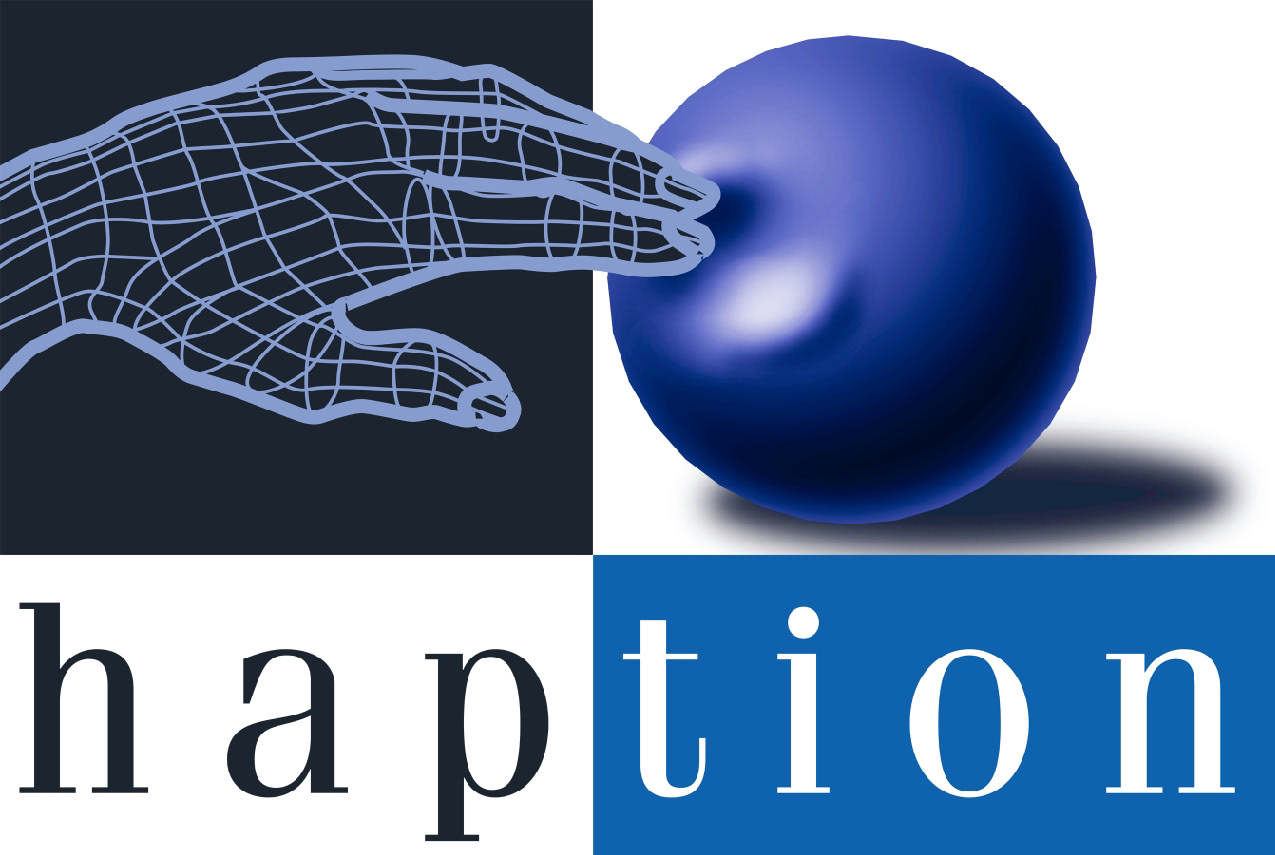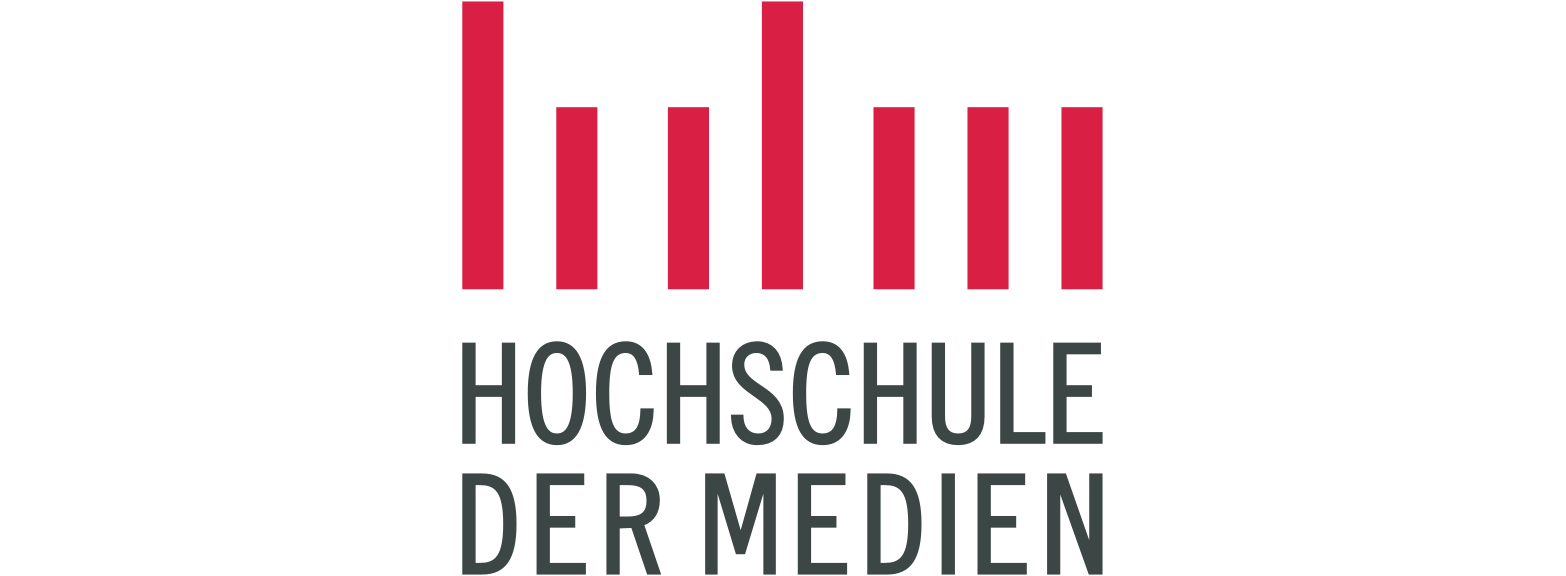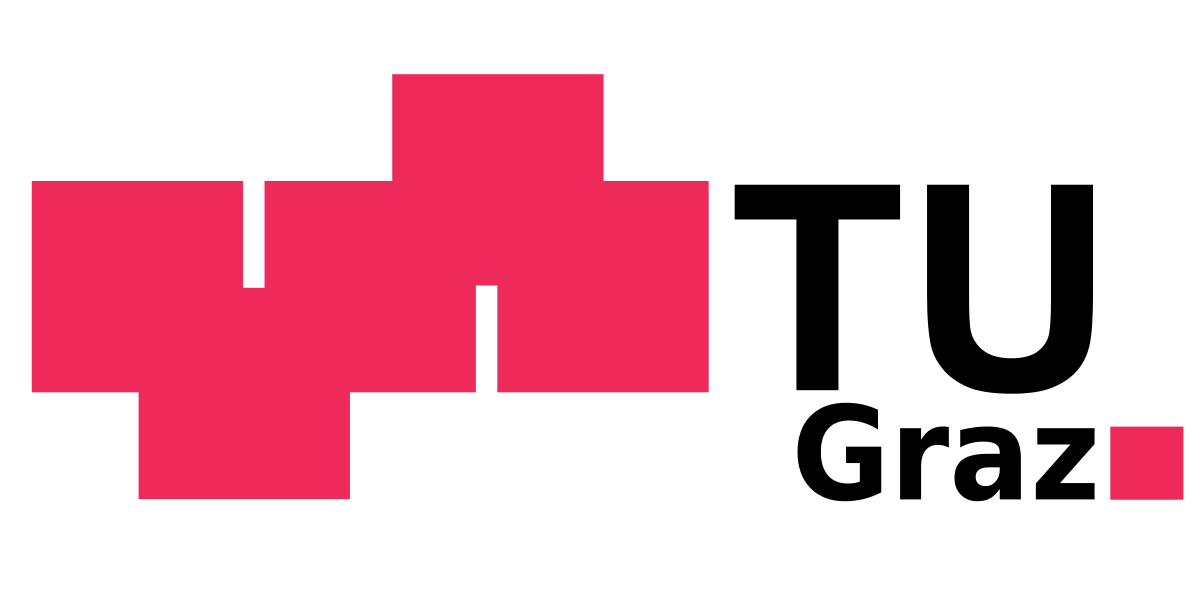➡️Project Overview
✨Project Name: THEIA-XR
✨My Role: UX Researcher (4-months)
✨Objective: To improve the human-machine interaction for cabin operators by integrating XR-technology into container handling at ports and terminals.
✨Consortium Collaboration: Worked alongside VTT, Technical University Dresden and Graz University of Technology
➡️ Project Partners
THEIA-XR consortium consists of 11 partners from industry and research. Being a UX Researcher I was involved in co-design activities with a few researchers from Technical University Dresden and project partners from VTT as they were responsible for creating conceptual prototype in their VR lab in Tampere.







➡️Problem Statement
Port and terminal operators work in high-stakes environments where the weight and movement of containers present significant safety risks. Even minor errors in visibility or control can endanger lives, making precise situational awareness crucial.
➡️Research Goals
✨Uncover specific operator pain points, especially those related to safety and situational awareness.
✨Gather insights on how XR could mitigate risks and improve human-machine interaction.
✨Provide actionable recommendations for consortium members (VTT, Technical University Dresden, Fraunhofer Institute) to guide the prototyping phase in a way that prioritizes user safety.
➡️Research Process
Contextual Inquiry:
Conducted on-site research in ports and terminals to understand the real-world challenges operators face in hazardous environments. As a part of our co-design activities, I visited Hanko Terminal to analyze their operations and understand the drivers perspective. One of our main topic was to investigate the operations in tough winter conditions and then analyze the integration of XR-technology in the cabin.
User Interviews:
✨Conducted interviews with operators to discuss their safety concerns, visibility issues, and existing workflows.
✨Engaged in discussions with consortium stakeholders to understand technical constraints and align on project objectives.
✨Observation: Observed operators handling containers in live settings to identify specific scenarios where safety was at risk, such as low visibility zones and narrow maneuvering spaces.
✨Cross-functional Collaboration: Worked closely with VTT, Technical University Dresden, and Fraunhofer Institute to translate research findings into practical design and prototyping strategies that prioritized safety.
➡️Recommendations and Next Steps
Immediate Recommendations:
✨Prototype XR-based features like 360-degree views to eliminate blind spots.
✨Design streamlined, intuitive interfaces to ensure operators receive only critical information, reducing cognitive load and improving focus.
Long-term Recommendations:
✨Conduct usability testing in actual port environments to assess the safety benefits of XR technology.
✨Implement feedback from operators and consortium members to continuously refine the prototypes for real-world safety demands.
➡️Key Findings & Insights
✨Visibility Challenges: Operators often face blind spots when moving containers, increasing the risk of accidents. XR could provide a comprehensive, 360-degree view to mitigate these risks.
✨Cognitive Overload and Safety: Operators emphasized the need for minimalistic interfaces that deliver essential information without overwhelming them, as excessive cognitive load can lead to dangerous lapses in attention.
✨Need for Enhanced Situational Awareness: Real-time spatial awareness is critical for safe navigation in port environments, especially given the high stakes of handling heavy containers.
✨Operator Safety: The research underscored the critical role of XR in minimizing risks and helping operators maintain high awareness, even in challenging conditions.
➡️ Impact of my work
Even though my time at Kalmar lasted for 4 months but I was able to make good contributions to the overall project
✨ Alignment of project goals: I ensured that our UX research activities are closely aligned with the overarching objectives of THEIA-XR.
✨ Informed design decisions: The insights from interviews and surveys provided the foundation of informed design decisions
✨ Identification of opportunities: Identified the patterns, user needs and opportunities for XR-integration.